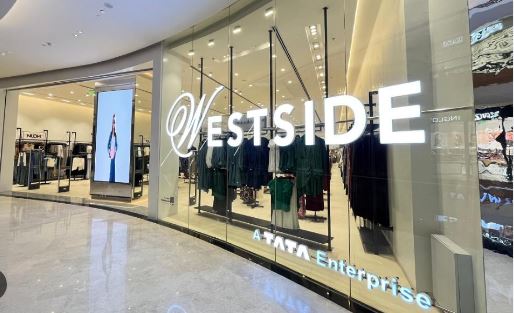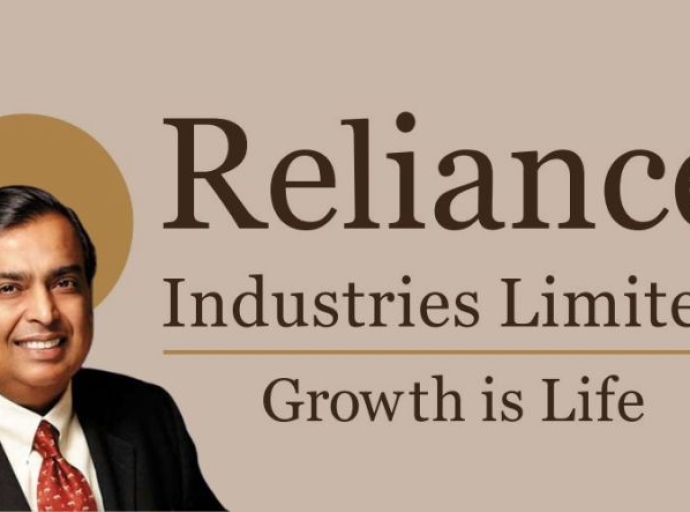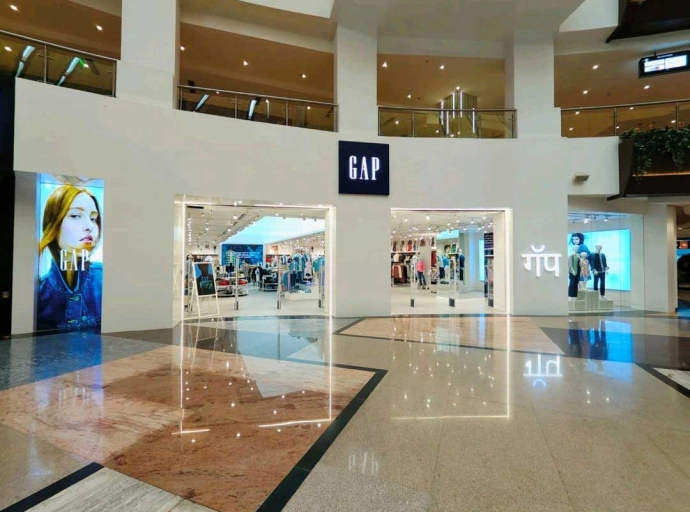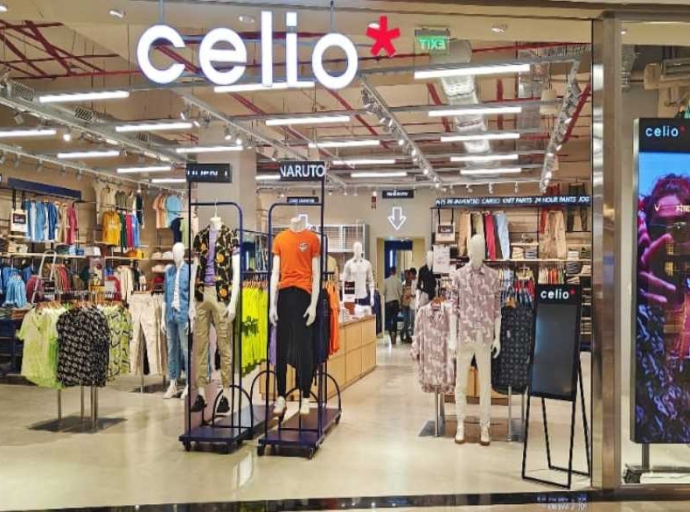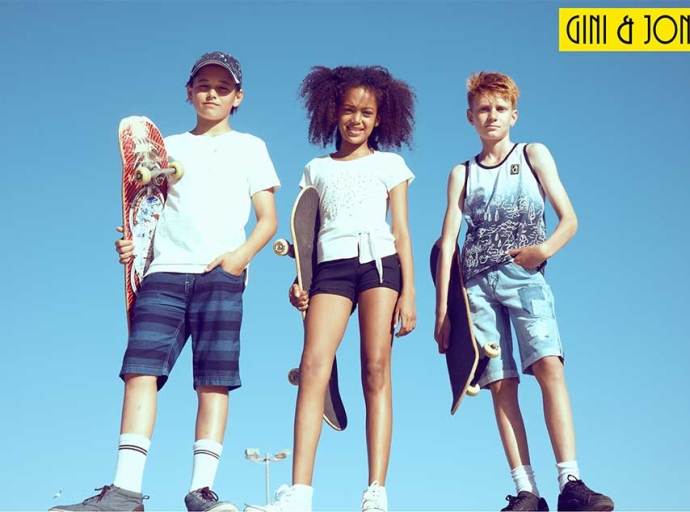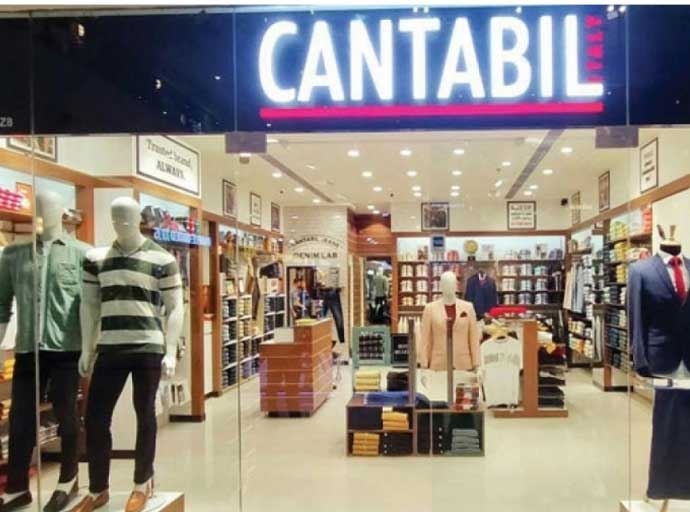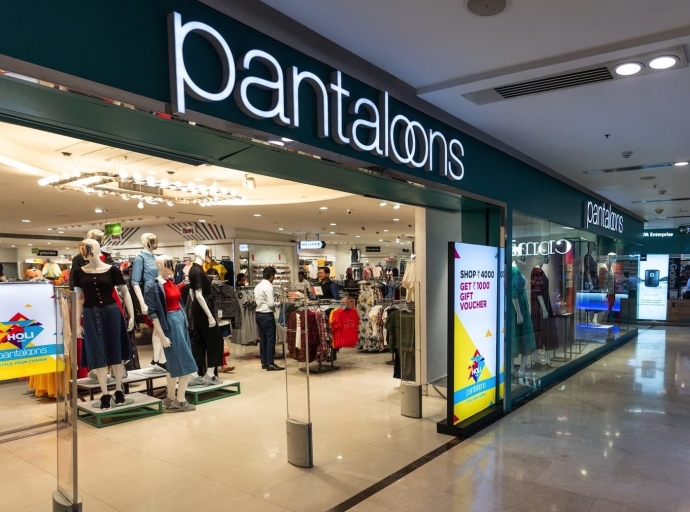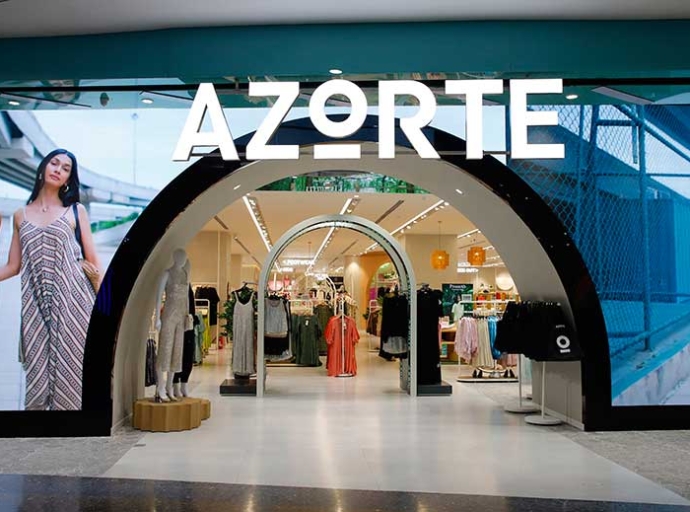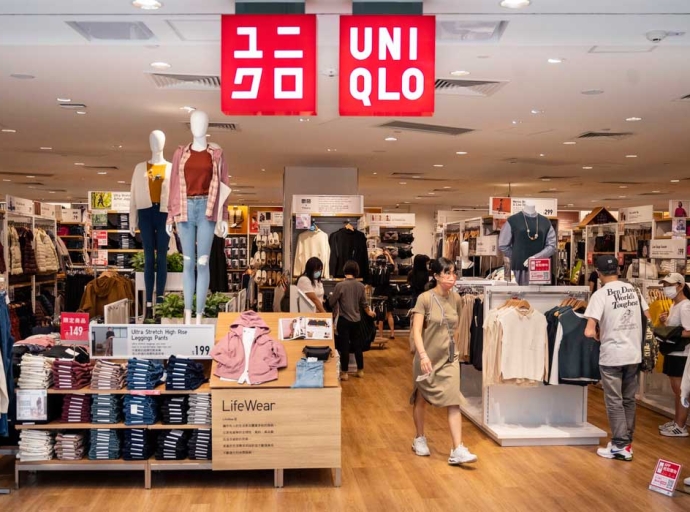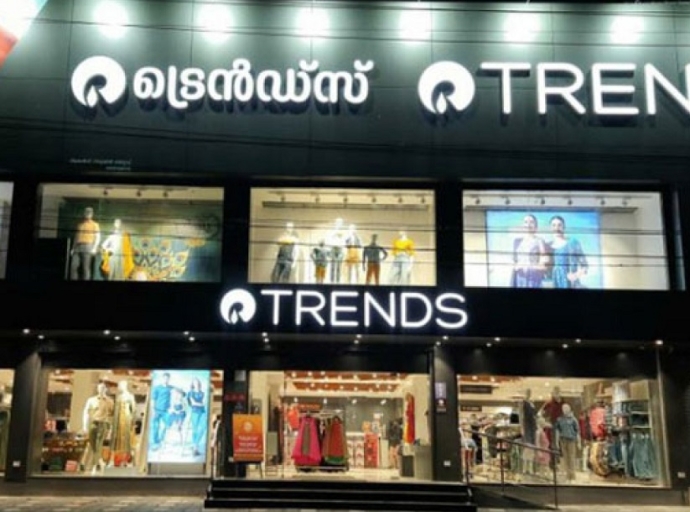08 January 2023, Mumbai
An underlying concept that we have what we need if we use what we already have, is currently pushing global apparel customers towards reusing and renting clothes instead of mindlessly buying them for both economic and sustainability purposes.
With a rapidly growing younger population with a far higher fashion and brand consciousness, many people are now renting designer clothing without actually owning it for important social functions such as weddings, theme parties, corporate parties, and photo shoots.
A post-COVID heightened awareness about wearing sustainable clothing and the fact that sharing and reusing clothes is caring for the environment and minimizing the fast fashion pile-up on dump yards are also primary growth of the rental markets.
Segment expected to touch new heights
A recent survey by US-based Future Market Insights (FMI)– a premier provider of market intelligence and consulting services – has valued the online clothing rental markets at around $2,279.9 million in 2023 which is expected to rise to $6,244.1 million by 2033. The sales of online clothing rentals are expected to grow at a rapid CAGR of 10.6 percent during the forecast period.
Eco-consciousness; Other sustainability efforts besides renting clothes such as using less plastic packaging that takes decades to dissolve and using recyclable, renewable, and production resources more effectively, are contributing to overall market growth.
Affordability
Wearing different brands and styles for a while without being forced to buy and then simply returning them to the rental company at an affordable fee, is an attractive proposal to those who want to stand out on a tight budget.
This niche online rental market has two broad divisions standalone and subscription rentals. The standalone segment grabs the eyeball with a 76 percent stake as they rent out clothes for a one-time specific occasion and is not a regular subscription-based rental website.
As always, the fashion-conscious women segment is monopolizing the market with a 58 percent share during the 10-year forecast period, where Western designer dresses will be hired the most.
India growing with Net penetration among the middle classes
While Germany and the US lead the rental market, the Indian online rental market has also been growing with a valuation of $0.076 billion in 2022 and is expected to reach $0.14 billion by 2030.
This segment is expected to grow at a quick 8.8 percent CAGR between 2023 and 2030, mainly due to increased internet usage and awareness of sustainability and environment-friendly apparel as compared to fast fashion.
Kickers
The aspirational middle classes in small cities with a rising disposable income and increased internet awareness of fashion website has greatly increased demand for renting high-end brands at reasonable prices.
Last year, the global formal clothing segment of suits and coats had a market share of around 31.5 percent as many consumers preferred to rent for special occasions as this is an expensive segment.
High-branded dresses and shirts as well as accessories such as neckwear, belts, shoes, and bags are also popular on rental online platforms as a cost-effective way to wear what you want where it matters.
The rental market in India is showing rapid e-commerce growth of various online websites of many bigger brands as well as smaller start-ups with easy delivery across India.
Quick Message
Smaller businesses prefer opening a clothing rental business rather than creating their brand as it does not offer a more sustainable alternative to fast fashion and attracts a bigger clientele due to its affordability.
However, it is not a cakewalk to success as it is difficult to acquire and retain customers, as many are not comfortable with the hygiene levels and low social acceptance of rental garments as opposed to buying them, so it’s still a long while to the finish line of high profits.
Latest Textile News



